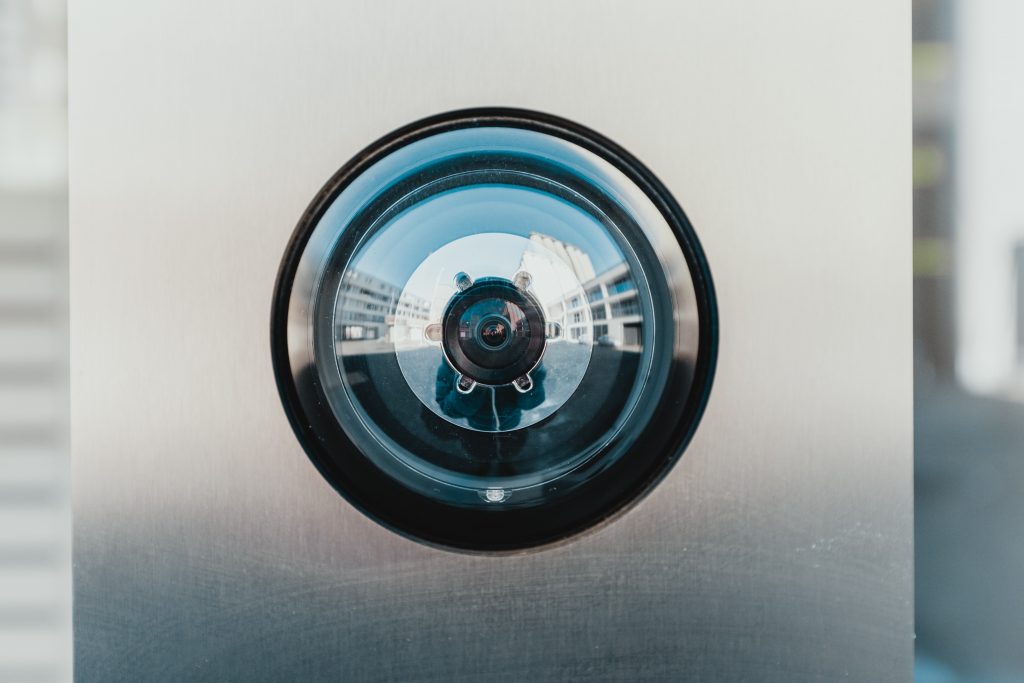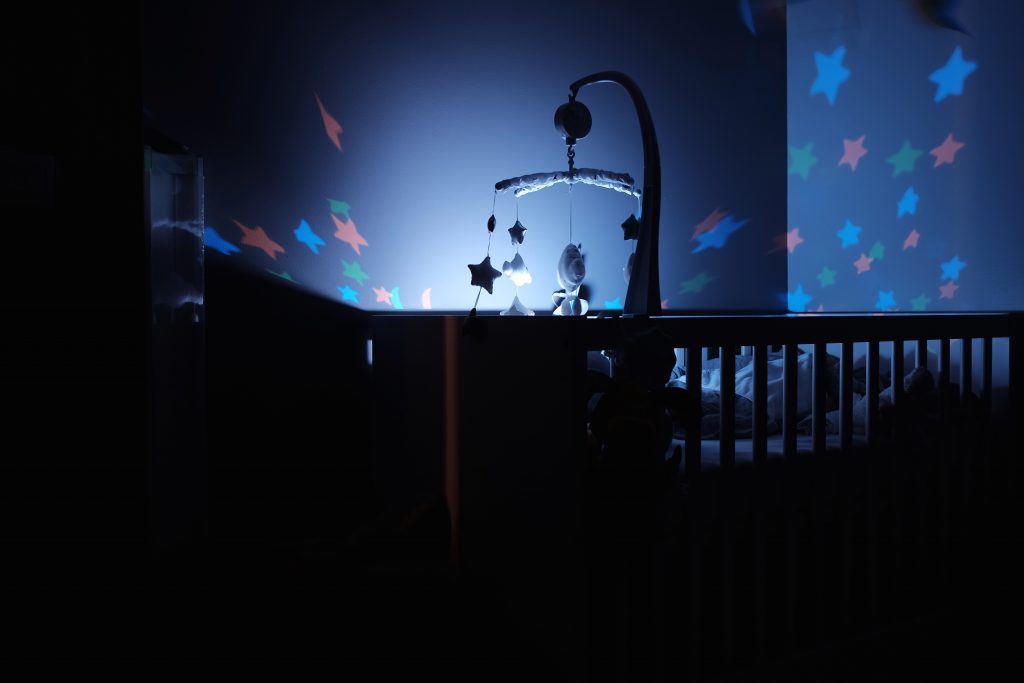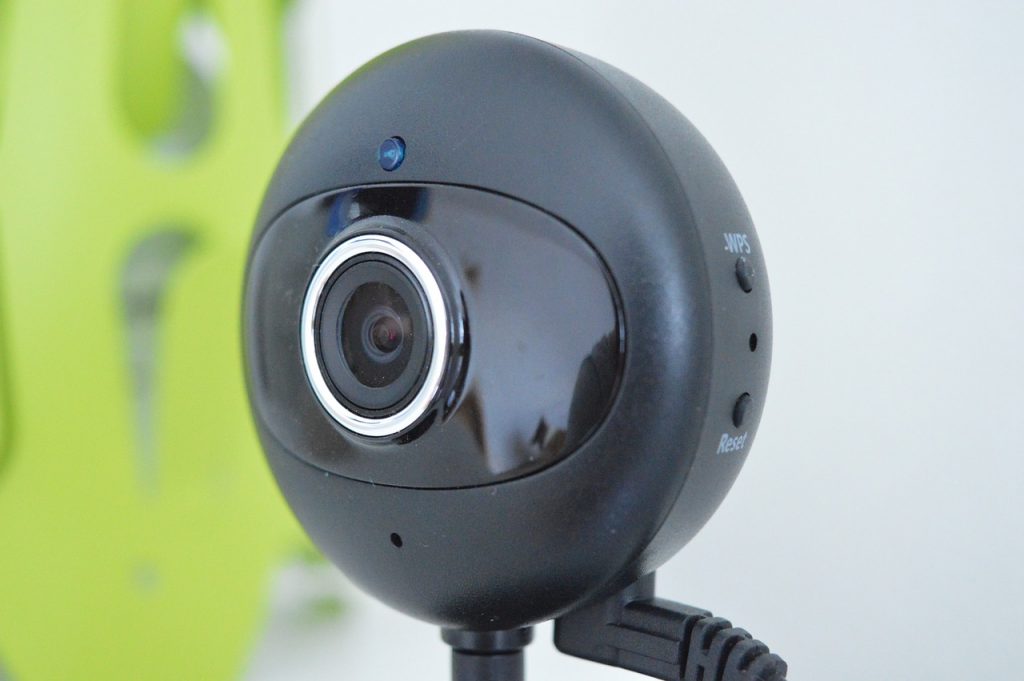
Remember all those old The Jetsons episodes?
You know, where George instantly video-calls Jane on his wristwatch. Well, it’s 2018 and big tech has literally brought cartoon fantasy into reality. We have cameras on every device our families own. But these luxuries are backdoor peepholes into your homes– and cyber-criminals may be watching you right now. Ex-FBI director James Comey uses a webcam cover, and he recommends we all do the same on our personal devices. Facebook creator Mark Zuckerburg has even been spotted with a makeshift tape cover for his laptop camera.
Here’s the rub: you (and your kids) probably have a device that connects to the Internet. That device most likely has a camera. Let’s call these “webcams.” Pervy criminals can easily access and sell your private moments through these cameras. A regular joe can transform into a profitable cyber-hacker with just a little light research. But what do they sell? They profit from intimate photos and videos of you and your children.
Sounds like the work of some dystopian fiction, right? Nope. These three cases of webcam security invasion are clear evidence of the risks we face daily.

Hacker controls woman’s own moving webcam to spy and shout profanity (Oct 2017)
Rilana Hamer in Brummen, Netherlands was one of the more recent victims of weak webcam security.
Hamer’s Maxxter 3D webcam began moving on its own one day. It followed her movements as an unknown man said: “Bonjour madame.” The voice prompted panic as the woman immediately unplugged the camera. She later showed a friend while recording the situation, and the webcam came to life again. This time, yet another unknown aggressive voice was spewing lewd profanities at her.
Turns out the hackers likely gained access through a simple default passcode issued by the manufacturer.

Websites allow anyone to view private security cameras worldwide (Sept 2016)
These cameras aren’t just viewable by the hackers themselves. In a terrifying discovery, anyone browsing the web can watch through private cameras all over the world. The video feeds range from scientists in a San Diego university lab, to daycares and shopping locales. Due to a widespread lack of webcam security, websites like insecam.com easily make this possible.
Once again, unsecured cameras are left exposed to anyone with devious intent and an Internet connection.

Amsterdam hackers post baby’s pictures from Minnesota nanny-cam (April 2015)
In a parent’s worst nightmare, a Rochester, Minnesota infant became a target of overseas hackers. According to the mother, her Foscam-branded nursery camera was hacked from Amsterdam. The hackers used said camera to capture images of her baby. She discovered a website where her baby’s photos were shared among thousands of invasive photos from at least “fifteen different countries.”
Despite Foscam’s efforts, these cameras have a hack-vulnerable history. One incident in Houston occurred where hackers spoke sexually to a little two-year-old girl.

A webcam cover is your first line of defense
In each case, it seems responsibility of webcam security fell upon the user who was never informed enough to take action. But even simple passcode changes can’t prevent rapidly evolving hacking methods. Crude solutions like Mark Zuckerberg’s involve taping over your devices’ cameras and microphones.
But elegant solutions like those from C-Slide are designed to help you control your privacy. These inexpensive covers render your camera usable when needed with a simple sliding cover. Regardless of the solution you use, it is your responsibility to cover webcams for your family’s privacy and peace of mind.